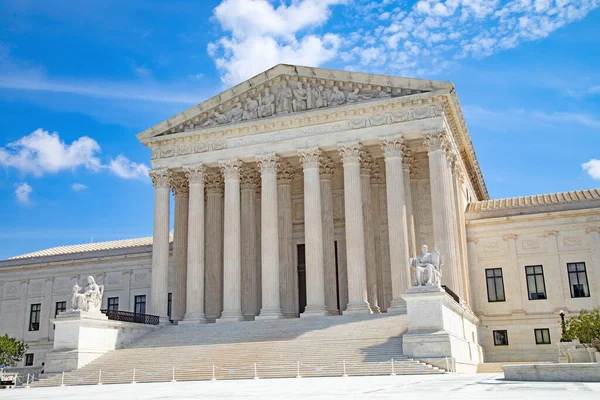The U.S. Supreme Court has recently opted not to intervene in a dispute concerning the redrawing of Michigan’s state legislative districts.
This decision came in the wake of a lower court ruling, which determined that the district maps were not in compliance with the federal Voting Rights Act (VRA).
The Supreme Court rejected an emergency application from the Michigan Independent Citizens Redistricting Commission to stay the lower court’s judgment.
The Voting Rights Act’s Role in Redistricting

The controversy hinges on Section 2 of the VRA, which “prohibits voting practices or procedures that discriminate based on race, color, or membership in a large language minority group.”
This comes from a broader conversation about the VRA’s interpretation and application in state redistricting.
Read More: North Korea’s Missiles: A New Factor in Ukraine’s Conflict
Michigan’s Redistricting Commission and the Court’s Findings
In the Michigan case, the plaintiff-respondent Donald Agee Jr. and other voters argued that the districts were unfairly drawn based on racial criteria.
The Supreme Court’s decision, issued in an unsigned order without any dissenting justices, leaves the lower court’s findings intact.
These findings highlight the role of expert advice in the commission’s decisions, where “the record shows, overwhelmingly, that those experts—Adelson, especially—expressly told the commissioners, scores if not hundreds of times, to sort Detroit-area voters into different districts based on race.”
Expert Guidance and Commission’s Strategies
The commission, a legislatively authorized body responsible for drawing election districts, was advised to limit each district’s “BVAP” or “black voting age population” to about 35 to 45 percent. Despite the contentious nature of this guidance, as “that ‘proposition is without support in the Supreme Court’s VRA caselaw,’ the commissioners followed their experts’ advice ‘with great difficulty, and misgivings throughout, and over the vociferous objections of Detroit residents at the time.”
Also Read: Yellen Embarks on Campaign to Highlight Biden’s Economic Achievements
The Constitutional Implications and the Courts’ Verdict
This approach, primarily based on race, led to the court’s conclusion that “the record showed ‘overwhelmingly—indeed, inescapably—that the Commission drew the boundaries of plaintiffs’ districts predominantly based on race.'”

Consequently, the court held that the districts “were drawn in violation of the Equal Protection Clause of the U.S. Constitution.”
Next Steps and the Impact on Upcoming Elections
With the denial of the stay application and the district court’s subsequent actions, the process of redrawing the districts is underway.
This decision and its implementation will undoubtedly have significant implications, particularly for Michigan’s primary elections 2024.
Read Next: Taiwan Reports Chinese Balloons in Airspace Amidst Increased Military Activity
